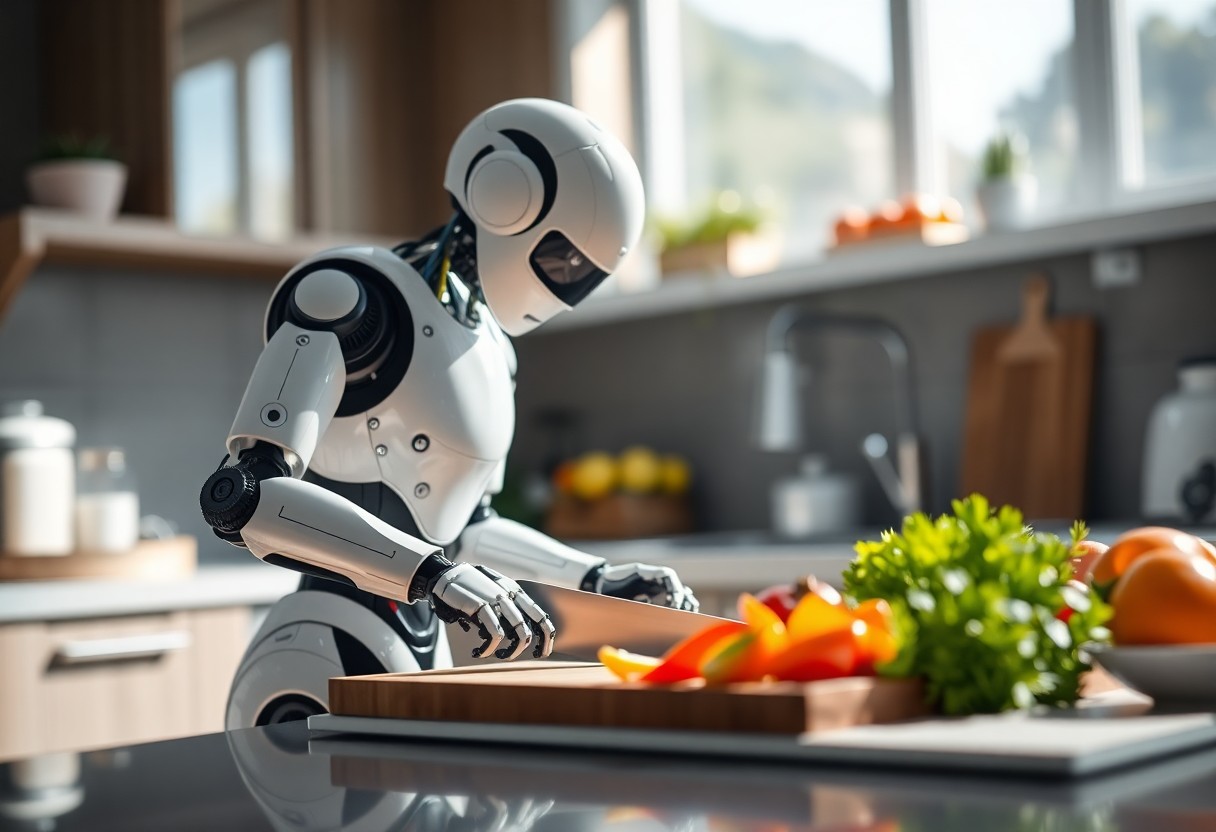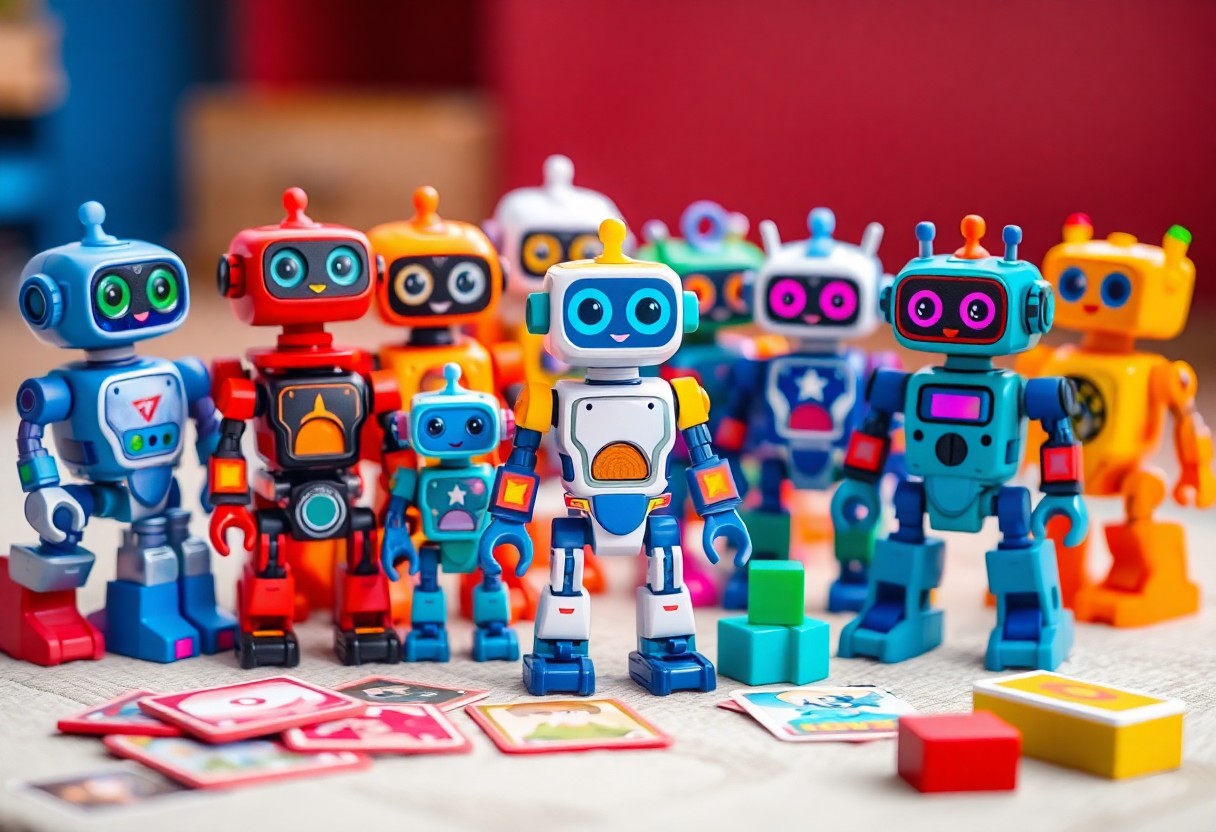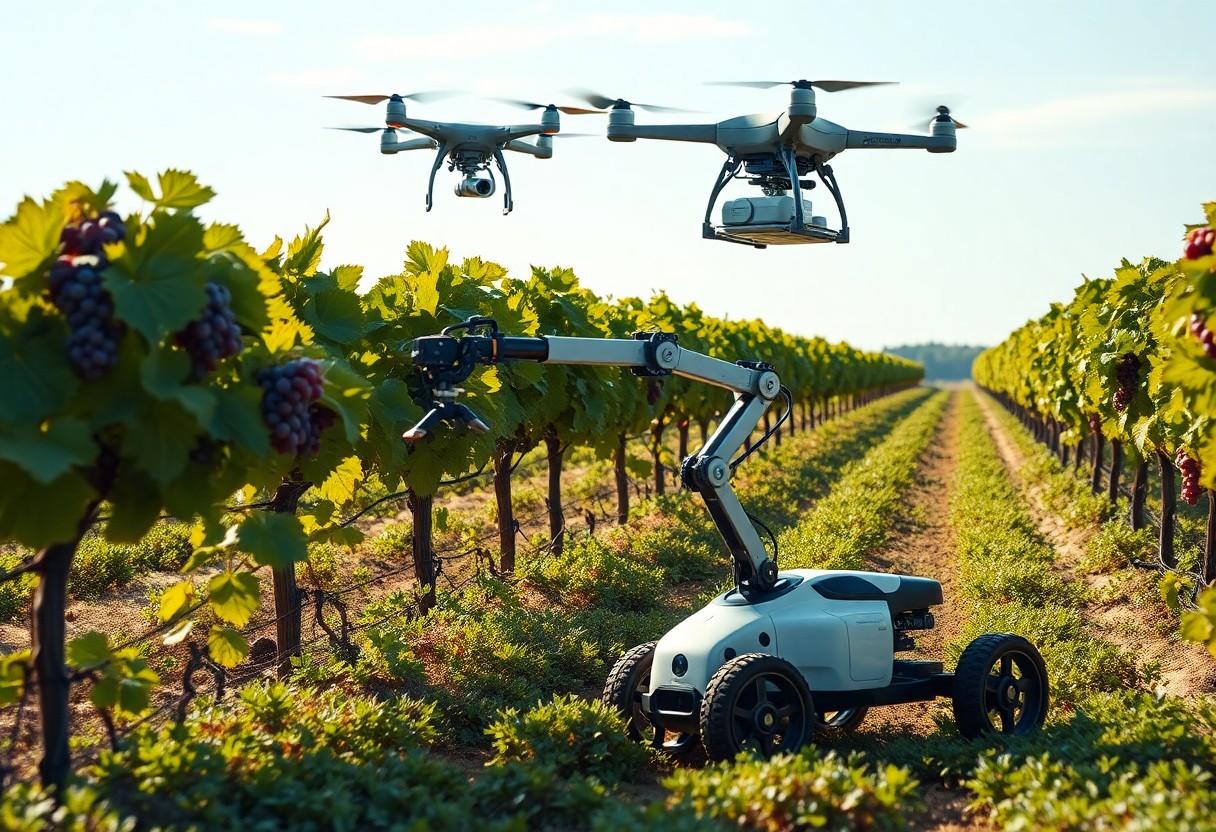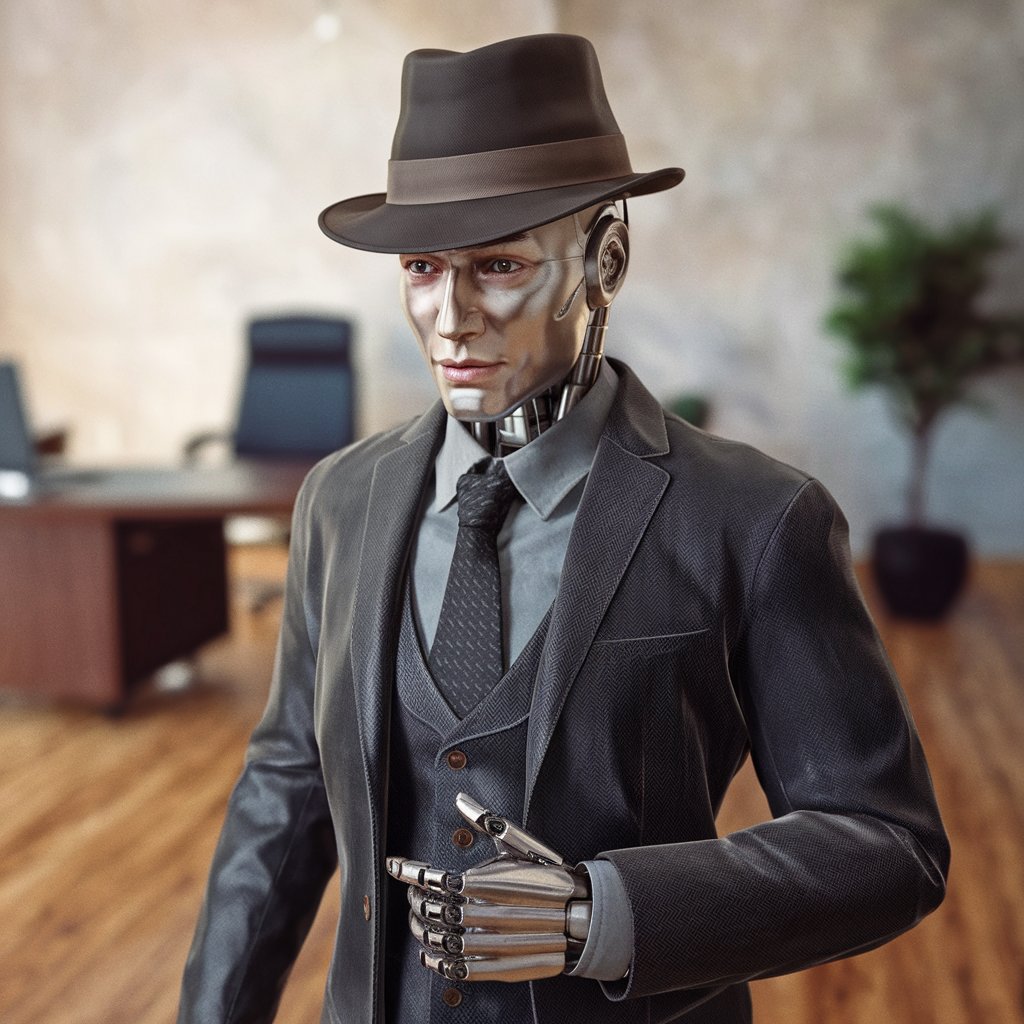Most advancements in robotics today revolve around the integration of Vision-Language-Action (VLA) models, allowing you to interact with robots in a more natural and intuitive manner. These models enable robots to understand your instructions by interpreting visual inputs and language, empowering them to perform complex tasks seamlessly. As you explore this innovative field, you will discover how VLA models enhance communication between humans and machines, paving the way for effective collaboration in diverse environments.
Overview of Vision-Language-Action Models
These models integrate visual perception, linguistic understanding, and action execution, allowing robots to interpret and act upon complex human instructions. By leveraging advanced machine learning techniques, they bridge the gap between human communication and robotic capabilities. This technology enables more intuitive interactions, enhancing both the efficiency and effectiveness of robotic systems in various environments, from homes to industrial settings.
Definition and Importance
Vision-Language-Action Models combine visual data processing, natural language understanding, and physical execution to create robotic systems capable of following human commands. Their significance lies in the potential to revolutionize human-robot interaction by making it more seamless, intuitive, and applicable across diverse tasks. As such, they are necessary in developing autonomous systems that can operate alongside humans in various roles.
Historical Context
The evolution of Vision-Language-Action Models traces back to early robotics and artificial intelligence research, where the focus lay primarily on isolated tasks. Initial attempts at integrating vision and language were rudimentary, relying heavily on rule-based systems. Over time, advancements in deep learning and natural language processing led to significant breakthroughs, allowing models to gain context from visual inputs and understand complex commands. The introduction of multimodal learning frameworks in the 2010s accelerated the development of these models, culminating in sophisticated systems capable of human-like understanding and action.
In the mid-20th century, the foundation for combining vision and language in robotics began to take shape with programs like Shakey the Robot, which could execute simple commands based on limited visual inputs. As computing power grew, the late 1990s saw the rise of machine learning techniques, leading to more robust models. By the 2010s, deep learning transformed this landscape, enabling models to process vast amounts of data from diverse sources, including images and text. This evolution has positioned Vision-Language-Action Models at the cutting edge of robotics, allowing for complex interactions that can mimic human understanding and responsiveness more closely than ever before.
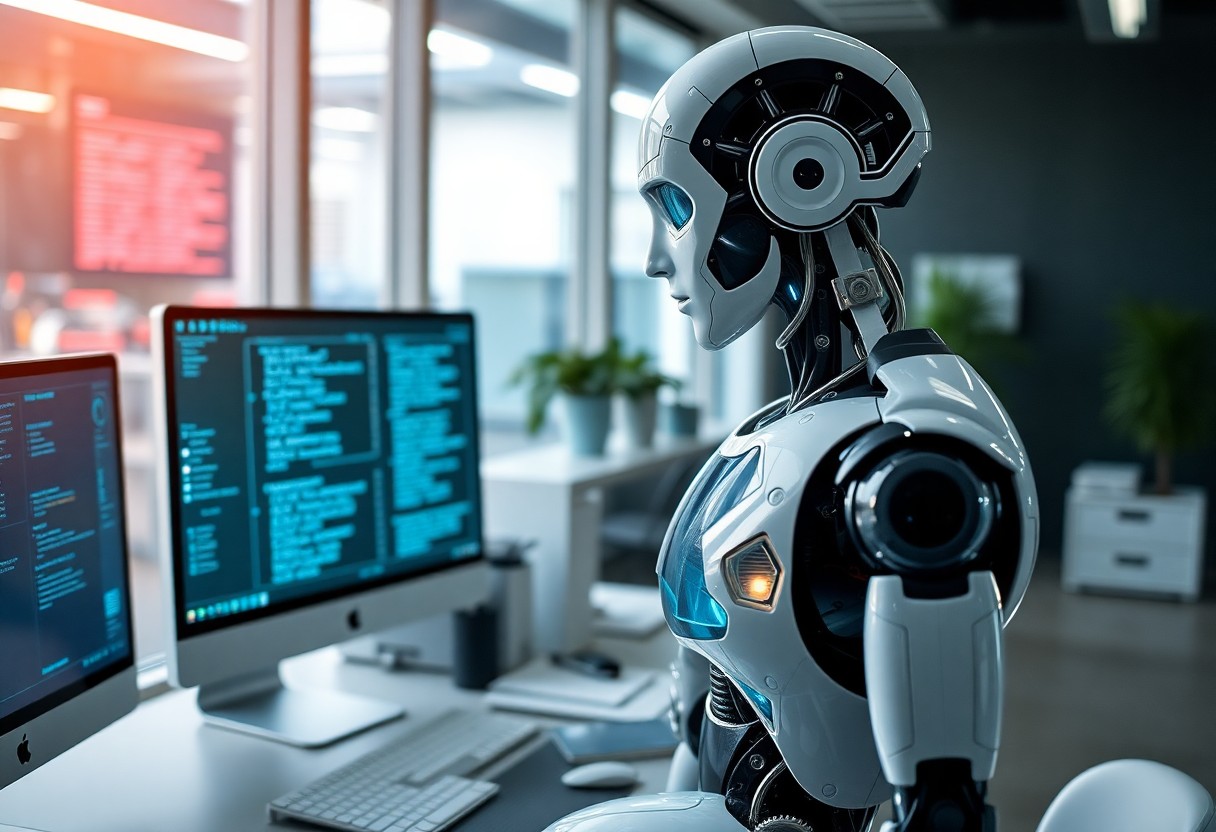
Technical Framework
Your understanding of vision-language-action models hinges on a robust technical framework that integrates multiple components. This framework encompasses deep learning methodologies, data preprocessing techniques, and optimization strategies tailored for multimodal interaction. The synergy between perception, understanding, and action arises from sophisticated algorithms designed to decode visual and linguistic input, ultimately translating it into executable robotic actions.
Neural Network Architectures
Neural network architectures serve as the backbone of vision-language-action models, leveraging structures like transformers and convolutional neural networks. These networks facilitate the extraction of features from both visual inputs and text, allowing for an enriched understanding of context. By fine-tuning these models through transfer learning, you can achieve superior performance in interpreting complex human instructions.
Multimodal Learning
Multimodal learning integrates diverse data types-images, text, and actions-into a cohesive model. This approach enables the seamless processing and interpretation of different modalities, enhancing your robot’s ability to understand nuanced instructions. The combination of visual recognition and language processing empowers robots to execute tasks in dynamic environments.
In practice, multimodal learning employs techniques like cross-attention mechanisms to align visual and linguistic features effectively. For instance, a robot receiving an instruction such as “pick up the red ball on the table” utilizes both visual cues and language understanding to execute the command accurately. By training on diverse datasets that combine images with their corresponding textual descriptions, you improve the model’s contextual grasp, facilitating more fluid human-robot interactions. The advantages of this unified approach are evident in applications ranging from household assistants to advanced industrial automation systems, where adaptability and accuracy are paramount.
Applications in Robotics
Robots equipped with vision-language-action models have transformative potential across various sectors, streamlining operations and enhancing efficiency. For a deeper dive, check out The Ultimate Guide to Visual Language Action Models (VLAM).
Industrial Automation
In industrial settings, these models facilitate seamless interaction between human workers and machines. They can interpret verbal instructions and visual cues, enabling robots to adapt dynamically to production line changes. This adaptability significantly minimizes downtime and boosts throughput.
Domestic Robots
Domestic robots are evolving to become more intuitive, using advanced vision-language-action models to understand household tasks better. Whether it’s tidying up or following cooking instructions, they can decode your commands, ensuring tasks are completed efficiently and accurately.
In domestic robotics, your home is becoming smarter. Robots can now process context from verbal instructions paired with visual recognition, allowing them to perform tasks like fetching items or cleaning specific areas. This level of understanding provides a more personalized experience, as your robot learns preferences over time. Advanced models are even integrating with smart home systems, responding to your commands in real-time while optimizing their actions based on your daily routines. The impact on convenience and efficiency within household chores is profound, positioning these robots as invaluable household companions.
Challenges and Limitations
While vision-language-action models hold remarkable promise, several challenges inhibit their full deployment. Issues such as data scarcity, robustness against environmental variations, and the complexity of human language can undermine effectiveness. Additionally, biases in training data may lead to unintentional and harmful outcomes. Such limitations necessitate ongoing research to enhance model reliability and expand their applicability in real-world scenarios.
Data and Training Issues
Data collection for training these models often faces significant hurdles, including the accessibility of diverse datasets and the quality of annotation. You might find that the scarcity of multimodal data limits the model’s ability to generalize effectively across different tasks and environments. Moreover, labeled data is usually expensive and time-consuming to acquire, posing a barrier to comprehensive training.
Interpretability and Safety
Ensuring that vision-language-action models operate safely and transparently is a pressing challenge. You should expect to confront difficulties in understanding the decision-making processes of these complex models, which can lead to unpredictable outcomes in critical situations.
The need for interpretability isn’t just about technical understanding; it plays a vital role in ensuring user trust and safety. In scenarios where robots execute tasks based on human instructions, lack of transparency can result in unforeseen accidents or errors. For instance, if a robot misinterprets a command due to ambiguous language or contextual misunderstandings, it may inadvertently cause harm. Thus, developing robust mechanisms to explain model actions and decisions is necessary, particularly in high-stakes environments such as healthcare or autonomous driving.
Case Studies
This section highlights notable cases showcasing the capabilities and effectiveness of vision-language-action models in real-world scenarios. Each instance demonstrates the potential these technologies have in enhancing robot performance in varying environments and tasks.
- Case Study 1: A multinational logistics company improved package sorting efficiency by 30% utilizing vision-language-action models in automated sorting robots.
- Case Study 2: A healthcare facility deployed robots that successfully assisted nurses with medication management, reducing errors by 25%.
- Case Study 3: In a manufacturing plant, robots equipped with these models achieved a 40% increase in assembly line productivity after integrating visual feedback systems.
- Case Study 4: Retail environments saw a 20% boost in customer satisfaction scores when interactive robots effectively responded to inquiries using natural language processing.
Successful Implementations
Several successful implementations across various sectors underline the effectiveness of vision-language-action models. Notably, a warehouse utilized robotic systems that responded intelligently to commands, greatly enhancing workflow while reducing operational costs by 15%.
Lessons Learned
Insights from these case studies reveal important strategies for deploying vision-language-action models effectively. Organizations should prioritize robust training datasets that reflect real-world scenarios to enhance operational efficiency and user interaction.
Moreover, the importance of continuous feedback and iterative development emerges clearly. Effective implementations often relied on adjusting algorithms based on user interaction data, leading to improved outcomes. Teams discovered that regular training updates and adaptive learning models contributed significantly to overall performance. Prioritizing seamless integration with existing infrastructure, addressing user needs, and emphasizing safety protocols further ensures successful deployment. This adaptive approach becomes a vital takeaway for organizations keen on incorporating these innovative systems into their operations.
Future Directions
The exploration of Vision-Language-Action models will likely lead to enhanced capabilities in various domains such as healthcare, education, and home automation. As these systems become increasingly adept at interpreting complex instructions, you’ll see significant advancements in robot autonomy and human-robot interaction, paving the way for seamless collaboration between humans and machines.
Advancements in AI Integration
AI integration in Vision-Language-Action models can significantly elevate the efficiency of robotic systems. By harnessing advancements in natural language processing and deep learning algorithms, you can expect robots to become more proficient at understanding nuanced human commands, thus allowing them to perform tasks with higher accuracy and speed.
Ethical Considerations
Addressing ethical considerations in Vision-Language-Action models is imperative as their applications expand. You must navigate concerns related to privacy, data security, and the potential for misuse of technology to ensure responsible deployment. Ensuring transparency in decision-making processes will foster trust in these intelligent systems.
As the capabilities of Vision-Language-Action models grow, so do the ethical implications surrounding their use. You face challenges in ensuring that the data collected is handled responsibly, particularly in sensitive environments like healthcare. The risk of biased algorithms influencing decision-making must also be taken seriously, as this can lead to detrimental effects on marginalized groups. Developing guidelines for ethical AI use will require collaboration among policymakers, technologists, and ethicists. Prioritizing fairness, accountability, and transparency is necessary to cultivate public trust in these innovative technologies.
Summing up
From above, you can see how Vision-Language-Action models empower robots to interpret and execute human commands effectively. By integrating visual perception with language understanding, these models enable your robotic systems to perform a wide range of tasks, enhancing their usability in everyday life. As these technologies advance, you will find increased capabilities and applications, transforming the interaction between humans and machines. This evolution paves the way for smarter, more intuitive robotic assistants that can seamlessly integrate into your world.

